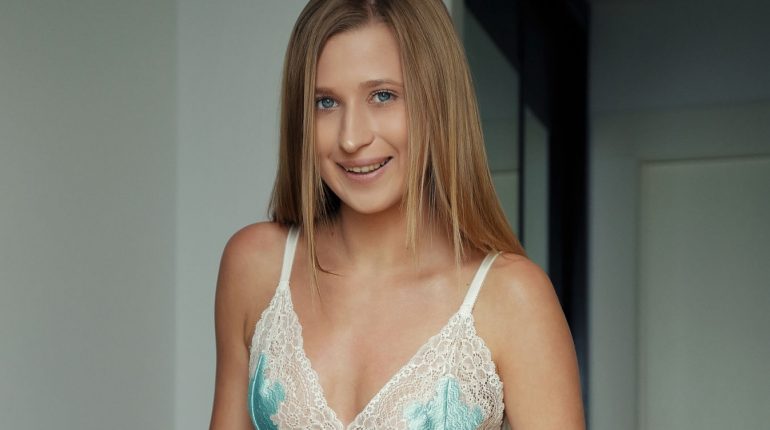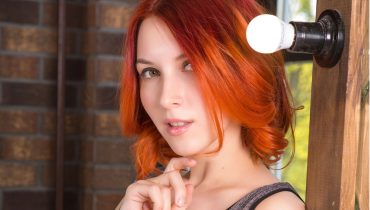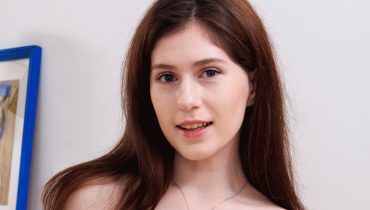For Selena White, stress wasn’t a visitor — it was a roommate. “It was always there,” she says, “breathing down my neck during deadlines, buzzing in my phone notifications, sitting beside me in traffic.” As a 34-year-old marketing consultant in Chicago, she prided herself on being calm under pressure — until her body told her otherwise.
“One day, I felt my chest tighten during a meeting. My heart raced, my hands trembled. It wasn’t a heart attack, but it felt like one.” Her doctor later called it a panic response caused by chronic stress. That moment pushed Selena to reexamine everything — and ultimately led her to discover the life-changing power of breathing apps for stress management.
When Breathing Became Therapy
After her diagnosis, Selena’s doctor recommended mindfulness-based stress reduction (MBSR) — a structured program built around breathing, meditation, and awareness. “I laughed at first,” she recalls. “I thought, ‘I already know how to breathe.’ But the truth is, I didn’t.” Like many professionals in the digital age, Selena’s breathing was shallow, irregular, and reactive. She realized she had been surviving on “emergency breaths” — quick inhales, tighter chests, no release.
Determined to change, she downloaded her first breathing app: Calm. “It asked me to breathe in for four seconds, hold for seven, exhale for eight,” she says. “At first, I couldn’t even finish a cycle without feeling dizzy.” But she persisted. Within two weeks, her body began to respond. “It was like discovering an internal off-switch,” she smiles. “I could calm my anxiety faster than I ever thought possible.”
From there, she began exploring other breathing apps for stress relief such as Breathe2Relax, Headspace, and Breathwrk. “Each app had its own rhythm, its own personality,” she says. “Some guided me with gentle visuals, others used soundscapes and heart-rate feedback. It felt personal — like technology was finally helping me heal instead of overwhelm.”
The Science Behind Breathing and Stress
According to the Harvard Medical School, controlled breathing is one of the most effective non-pharmaceutical methods for reducing anxiety. Deep, diaphragmatic breathing stimulates the vagus nerve, which lowers heart rate and blood pressure while shifting the body from “fight or flight” into “rest and digest” mode.
“Stress isn’t just mental — it’s biochemical,” explains Dr. Lisa McCall, a clinical psychologist at the Mayo Clinic. “When cortisol spikes, your breathing shortens, your muscles tense, and your brain loses oxygen efficiency. Intentional breathwork reverses that pattern almost instantly.”
Selena experienced this firsthand. “I used to think stress management meant doing less,” she says. “Now I know it means breathing better.” Over time, she learned techniques like box breathing (4-4-4-4), 4-7-8 breathing, and resonance breathing — all integrated into her favorite apps. “Each method trained me to control my response instead of being controlled by it.”
Discovering the Right Breathing App
At first, Selena was overwhelmed by choices. The app stores were flooded with tools promising calm — some credible, some gimmicky. “I downloaded five and deleted three in the first week,” she says. Eventually, she created a system for choosing what worked. Her top criteria:
-
- 1. Personalization: “The app had to adapt to my mood, not the other way around.” Breathwrk, for example, let her select “energize,” “relax,” or “focus,” with custom pacing and duration.
-
- 2. Data Feedback: Apps that integrated with her smartwatch gave real-time metrics like heart rate variability (HRV). “Seeing the numbers drop felt like proof — my calm was measurable.”
-
- 3. Simplicity: “If it takes longer to set up than to breathe, I’m out,” she laughs.
-
- 4. Evidence-Based Design: Selena checked whether developers partnered with mental health professionals or referenced clinical studies. “I trusted science, not slogans.”
Among her favorites was Breathe2Relax, created by the National Center for Telehealth & Technology. “It was developed for military personnel coping with PTSD,” she says. “If it worked for soldiers, I figured it could handle my office stress.” The app provided guided breathing exercises with visual feedback on inhalation depth and rhythm, teaching Selena how to activate her parasympathetic nervous system on command.
She also used Headspace for meditation integration and Calm for sleep support. “Each app felt like a different friend,” she says. “One grounded me during panic, one helped me rest, another got me through tough mornings.”
The Daily Practice That Changed Everything
Today, Selena practices structured breathing three times a day — morning, afternoon, and before bed. “It takes 10 minutes, but it gives me hours of peace,” she says. Her routine looks like this:
-
- Morning (Energizing): Alternate-nostril breathing with Breathwrk to center before meetings.
-
- Midday (Reset): Box breathing using Calm or Headspace when tension builds.
-
- Night (Unwind): 4-7-8 breathing paired with soft ambient music from Insight Timer.
She describes it as “micro-therapy.” “It’s not about escaping life — it’s about re-entering it calmly.” Her smartwatch data backs her up: her resting heart rate dropped from 82 to 68 bpm within three months, and her sleep quality score improved by 20% according to Fitbit analytics. “It’s wild how a few deep breaths can change your entire physiology,” she says.
What Selena Learned About Technology and Mindfulness
Selena admits she was once skeptical about using technology to manage stress. “I thought screens caused my anxiety,” she says. “But when used intentionally, they became my allies.” The key, she discovered, was boundaries. “I don’t use my breathing apps while doomscrolling,” she jokes. “I treat them like sacred space.”
She also learned that breathing apps for stress management are most effective when paired with lifestyle changes — exercise, hydration, and digital detoxes. “Breathing isn’t a magic wand,” she explains. “It’s a foundation. You still need to respect your body.”
One powerful revelation came during a guided breath session on the app “Othership.” “It said, ‘Your breath is the only thing you’ve had since birth and will have until death.’ That hit me hard,” she recalls. “We chase money, status, relationships — but breath is our first and last companion.”
Integrating AI and Biofeedback
Modern apps now integrate AI to personalize experiences. Tools like MindSpa AI and BreathAI analyze breathing patterns via smartphone microphones or smartwatches, adjusting exercises in real time. “It felt futuristic,” Selena says. “My app literally knew when I was stressed — before I did.”
Researchers at the Harvard School of Public Health found that AI-guided breathwork can reduce perceived stress levels by up to 40% when used consistently for six weeks. “The combination of machine precision and human awareness is incredible,” Selena says. “Technology isn’t replacing mindfulness — it’s enhancing it.”
Selena’s Advice for Managing Stress with Breathing Apps
After two years of consistent practice, Selena’s anxiety is no longer debilitating. “Stress still visits,” she says, “but it doesn’t unpack its bags anymore.” Her advice for others beginning their own digital wellness journey is clear:
-
- 1. Start with awareness: “Notice your breath before you fix it. Awareness is the first step toward calm.”
-
- 2. Practice daily, not perfectly: “Five minutes of focused breathing beats one hour of guilt-driven meditation.”
-
- 3. Pair breathwork with movement: Yoga, stretching, and walking reinforce your nervous system’s recovery.
-
- 4. Use metrics wisely: “Data helps, but don’t chase numbers. The goal is peace, not performance.”
-
- 5. Stay curious: “Experiment with apps until one clicks. Calm might work for me; Headspace might work for you.”
Selena’s journey transformed her from skeptic to advocate. She now speaks at wellness panels about how digital breathwork can empower mental health. “I tell people: you don’t need a yoga mat, crystals, or silence,” she says. “You just need a few intentional breaths — and a phone that reminds you to take them.”
Final Reflections: Breathing as Digital Healing
In a world where our devices often cause burnout, Selena believes they can also be tools for healing. “Technology isn’t the enemy,” she says. “Mindless use is.” For her, breathing apps became anchors — a way to reclaim peace amid chaos. “They taught me that calm isn’t found in exotic retreats,” she says. “It’s found in the pause between inhale and exhale.”
She still uses multiple apps — Calm for sleep, Breathwrk for focus, Headspace for anxiety — but now she sees them as part of a bigger philosophy. “It’s not about managing stress,” she concludes. “It’s about mastering presence. Breath is the bridge between both.” As Selena looks ahead, she hopes more people embrace digital tools for well-being. “If your phone can stress you out,” she smiles, “it can also save you.”




























































